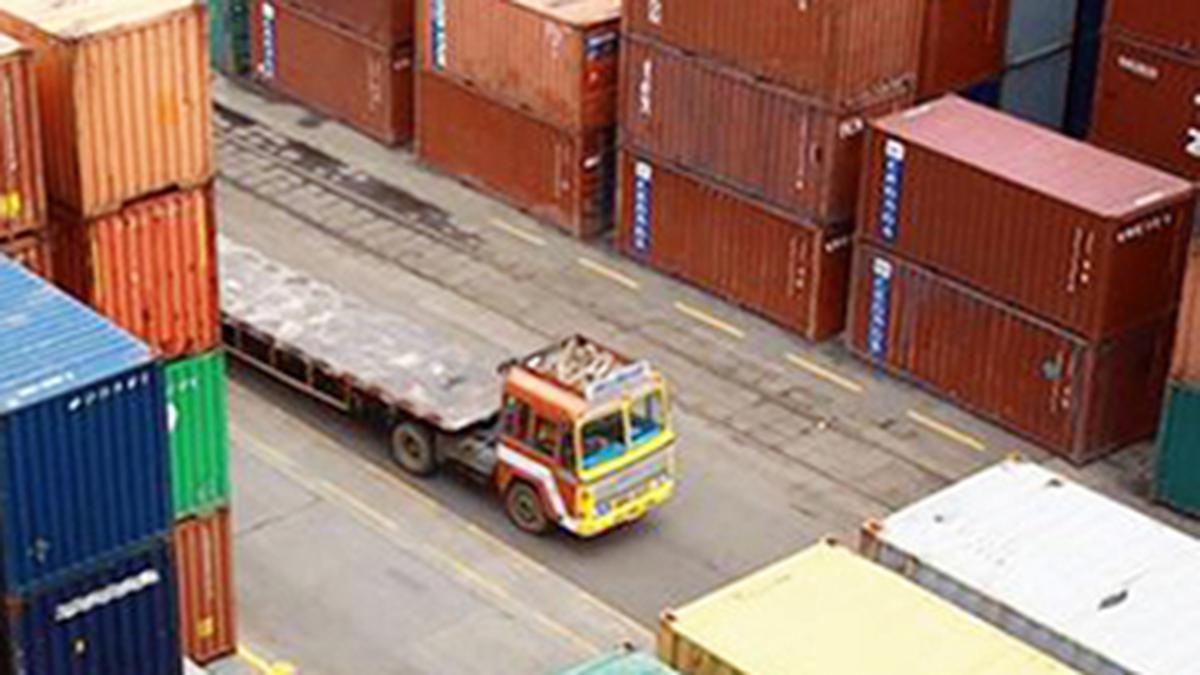“The vulnerability of the economy to recurring incidence of vegetable price shocks, especially ahead of and during the monsoon, warrants major reforms in perishable supply chains.”
| Photo Credit: PTI
The incidence of supply shocks was not over and the elevation in vegetable prices had extended into the first half of August, RBI officials wrote in an article in the RBI Bulletin released on Thursday, cautioning that “accordingly, headline inflation is expected to average well above 6% in the second quarter’.
“The shadow of El Nino looms over the second half of the year and the outcome for food inflation in the rabi season,” the officials headed by Deputy Governor Michael Debabrata Patra noted in the article on the ‘State of the Economy’ in the August edition of the monthly bulletin. “ Yet another upside risk is the outlook on crude oil prices that is marred by ‘engineered’ supply shortfalls,” they observed, referring to production cuts by key OPEC+ suppliers. “There is a diminishing probability of crude price pressures easing over the rest of the year. This bodes ill for net energy importers like India,” they warned.
NSO data released on Monday showed retail inflation was estimated to have accelerated sharply to a 15-month high of 7.44% in July. And just last week, the RBI’s Monetary Policy Committee had forecast inflation to average 6.2% in the current July-September quarter.
“The uptick in inflation in its June reading mutated in July, with the unprecedented shock to tomato prices spilling over to prices of other vegetables,” the RBI officials wrote, adding that the surge in headline inflation had been exacerbated by a month-on month increase of 4.3% in electricity prices. “Notably, however, core inflation eased in July, extending a softening bias that set in from February 2023,” they observed.
Urging sweeping supply-side reforms to ward off such price shocks in the future, the officials wrote: “The vulnerability of the economy to recurring incidence of vegetable price shocks, especially ahead of and during the monsoon, warrants major reforms in perishable supply chains covering transportation networks, warehousing and storage technologies, and value addition processes that damp the amplitude of these swings.”
“Stable prices for consumers, assured supplies and remunerative proceeds for farmers will follow when these reforms lead to efficiency and productivity gains while preserving the quality of output and building up insulation against food inflation from climatic events,” they wrote. The central bank noted that ‘the views were those of the authors and did not represent the views of the RBI’
Emphasising that the demand restraint exercised by monetary policy and supply augmenting measures were offsetting the price pressures in the economy considerably, the officials asserted that in the absence of these policy responses, the inflation outlook would have been far more adverse.
“The commitment to remain anti-inflationary should quell threats to macroeconomic stability and help anchor expectations. In fact, households expect inflation to edge down over the year ahead. This is also reflected in the latest round of the consumer confidence survey with regard to the price situation,” they added.
“On balance, our assessment of the Indian economy in terms of its position in the business cycle is that the slack imposed by the pandemic has been pulled in.,” they wrote. “Investors are ebullient about India’s growth prospects at a time when the rest of the world is slowing down. They look at industrials, financials and consumer discretionary stocks as major beneficiaries of India’s ongoing structural transformation,” they concluded.









